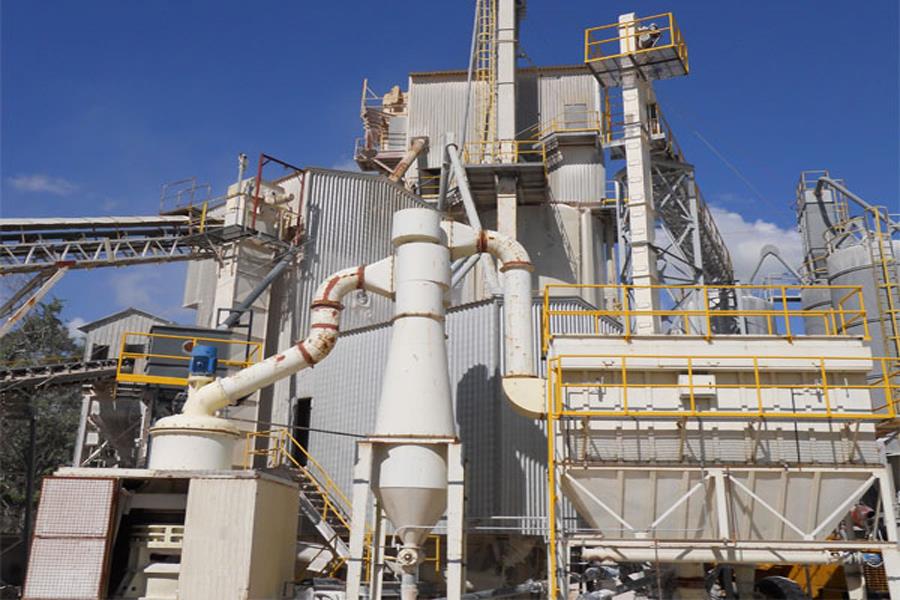

Coke is due to bituminous coal in the isolation of air conditions, heated to 950-1050 ℃, after drying, pyrolysis, melting, bonding, curing, contraction and other stages of the final product, the ignition temperature of 450-650 ℃, the porosity of 35
Coke is due to bituminous coal in the isolation of air conditions, heated to 950-1050 ℃, after drying, pyrolysis, melting, bonding, curing, contraction and other stages of the final product, the ignition temperature of 450-650 ℃, the porosity of 35-55%, the bulk density of 400-500kg / m3 black solid, with a certain degree of adsorption, with all the properties of carbon, such as flammability, reducibility, stability and so on. It has all the properties of carbon, such as combustibility, reducibility, stability, etc.
Regional distribution of coke: China's coke-making enterprises are unevenly distributed, mainly in North China, East China and Northeast China.
Uses of coke
1、The coke obtained from high temperature coking is used in blast furnace smelting, casting and gasification.
2、It is used in the blast furnace smelting of copper, lead, zinc, titanium, antimony, mercury and other non-ferrous metals, playing the role of reducing agent, heating agent and material column skeleton.
3、The coke oven gas produced in the process of coking is both a high calorific value fuel and an important raw material for organic synthesis industry after recovery and purification.
4、It can also be used in foundry, chemical industry, calcium carbide and ferroalloy, whose quality requirements are different.
Coke crushing process
Firstly, the coke is fed into the jaw crusher through the vibrating feeder for rough crushing, and then through the impact crusher or cone crusher for secondary crushing, crushing into coke with different granularity, and finally screened by the vibrating screen, and the qualified ones are packaged into finished products.
Related Equipment
Vibrating Feeder
Jaw Crusher
Impact Crusher
Vibrating Screen
Previous: SMP Crusher
Next: SMP Crusher

Coke is due to bituminous coal in the isolation of air conditions, heated to 950-1050 ℃, after drying, pyrolysis, melting, bonding, curing, contraction and other stages of the final product, the ignition temperature of 450-650 ℃, the porosity of 35
Coke is due to bituminous coal in the isolation of air conditions, heated to 950-1050 ℃, after drying, pyrolysis, melting, bonding, curing, contraction and other stages of the final product, the ignition temperature of 450-650 ℃, the porosity of 35-55%, the bulk density of 400-500kg / m3 black solid, with a certain degree of adsorption, with all the properties of carbon, such as flammability, reducibility, stability and so on. It has all the properties of carbon, such as combustibility, reducibility, stability, etc.
Regional distribution of coke: China's coke-making enterprises are unevenly distributed, mainly in North China, East China and Northeast China.
Uses of coke
1、The coke obtained from high temperature coking is used in blast furnace smelting, casting and gasification.
2、It is used in the blast furnace smelting of copper, lead, zinc, titanium, antimony, mercury and other non-ferrous metals, playing the role of reducing agent, heating agent and material column skeleton.
3、The coke oven gas produced in the process of coking is both a high calorific value fuel and an important raw material for organic synthesis industry after recovery and purification.
4、It can also be used in foundry, chemical industry, calcium carbide and ferroalloy, whose quality requirements are different.
Coke crushing process
Firstly, the coke is fed into the jaw crusher through the vibrating feeder for rough crushing, and then through the impact crusher or cone crusher for secondary crushing, crushing into coke with different granularity, and finally screened by the vibrating screen, and the qualified ones are packaged into finished products.
Related Equipment
Vibrating Feeder
Jaw Crusher
Impact Crusher
Vibrating Screen
Previous: SMP Crusher
Next: SMP Crusher